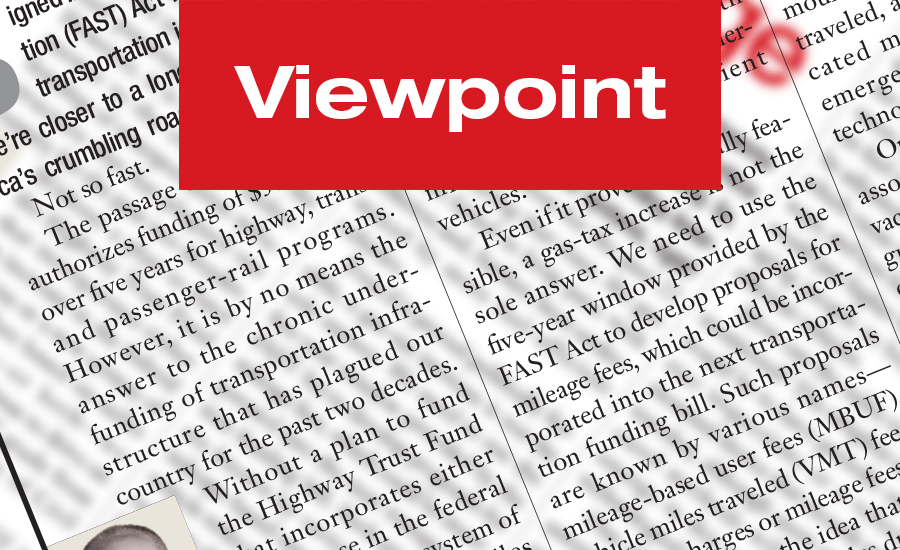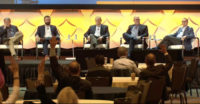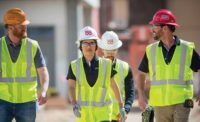 |
| Todd Stewart |
A positive safety culture can have effects reaching far beyond the jobsite. Over the past three years, I’ve witnessed first-hand the ripple effects that high safety standards can have, spreading from Mortenson’s jobsites in North Dakota into our communities as crews carry safe practices into homes and neighborhoods. I’ve seen our team members take what they learn on the jobsite and share it around the kitchen table. If somebody goes home and shares just one thing that helps to keep someone safe, that’s powerful.
Without a doubt, safety has its payoffs for construction contractors. Since implementing a Zero Injury Program nationwide in 1995, Mortenson has reduced its experience modification rating by more than 35%.
In North Dakota, our commitment to safety has spread to local trade partners, who have started to implement elements of our program on their jobsites. They tell us their employees on different jobs now use gloves and safety glasses more because it became a habit while on a Mortenson jobsite. The integration of these team members into other crews has spread good safety practices in different locations and states.
A fundamental element of our safety mind-set is acknowledging that construction teams are essentially industrial athletes who use the same muscle groups that a quarterback uses. Stretching before the workday begins and after lunch not only primes muscles and reduces injury; it also helps to keep personnel engaged and stress low. These sessions also provide an opportunity to communicate with our crews about work activities and changes on site so they are up to speed on all the moving pieces of a project.
Safety is more than gloves, glasses and boots. It’s a core value and a mind-set. Safety is the quiet, unsung hero of the building profession. When a project runs smoothly and successfully, safety is at the heart of this success. But it is rarely recognized. We must think of safety above all else and from Day One, before anything might go wrong.
Mortenson’s Zero Injury Program starts with the assumption that every on-site injury is preventable. We believe that safety begins with respect for the people at each of our worksites. We encourage our crews to report and discuss any safety issue with their leaders, regardless of how it will affect productivity or profit. Our leaders listen to their crews and put their safety concerns first—no exceptions.
Open to Innovation
We’re always looking for innovative ways to improve the safety of our work and tasks. A recent example is our use of a new-to-market door installation, the Door-minator, which revamped the way we install doors by eliminating awkward postures and reducing the risk of strains, sprains and cumulative trauma disorders. Installing doors is a simple task, but making it safer and simpler adds up to a big difference.
Ergonomics is another physical dimension of injury prevention and is based on the principle that a job should be adapted to the people performing it, rather than forcing people to fit the job. We consider the ergonomics of our work environment, in design and function, to fit our employees’ physical requirements and well-being. On-site ergonomics is all about reducing the physical strain of a demanding profession. If we can change a few small things—such as the placement of lighting or the height of workstations—to help our employees, why wouldn’t we?
When people come to tour our construction jobsites, we don’t set aside just for convenience all the discipline that helps us to reach our safety goals. Everyone is required to complete a safety orientation before donning safety glasses, gloves, high-visibility vests and work boots. With safety, everyone is equal.
So, if you visited the construction site for the $494-million Sanford Medical Center in Fargo, N.D., and you didn’t bring a pair of steel-toe boots to wear, we stocked more than 30 extra pairs of boots on site so that everyone had access to appropriate footwear during tours.
Creating an effective safety culture on all projects has many benefits, but some of the most long-lasting are ones we might not realize on a project. Safety has a far-reaching impact that continues outside the project fence line.
If you have an idea for a column, please contact Viewpoint Editor Richard Korman at kormanr@enr.com.




